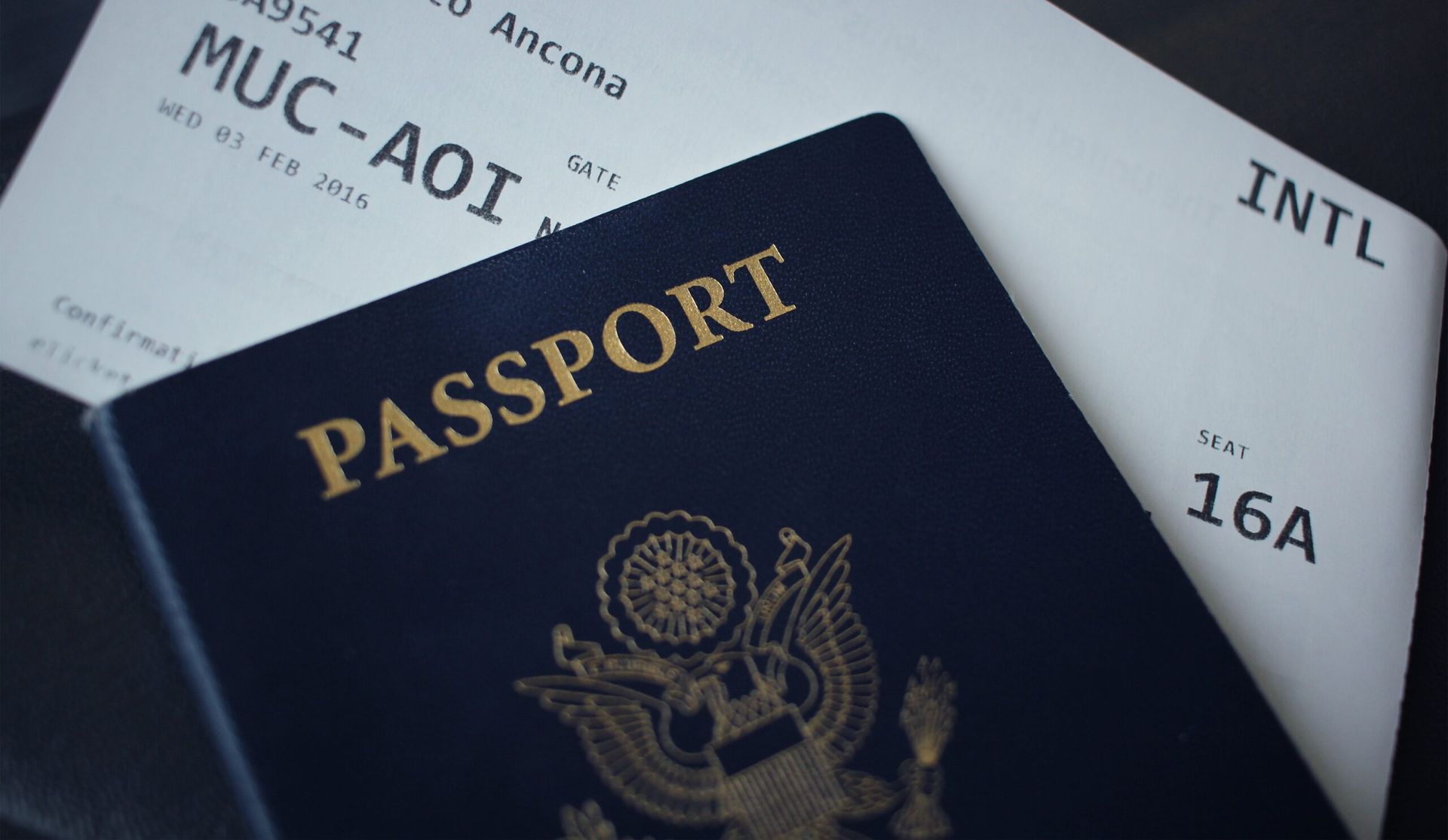Who Needs a Visa to Enter Italy?
Italy is a member of the Schengen Area, which includes 26 European countries that have abolished passport and other types of border control at their common borders. If you’re a citizen of a Schengen Area country or the European Union (EU), you don’t need a visa to enter Italy.
Citizens of many other countries, including the United States, Canada, and Australia, can enter Italy without a visa for up to 90 days within a 180-day period. However, some countries are required to obtain a visa before traveling to Italy.
Types of Visas
There are several types of visas that allow non-EU citizens to enter Italy, depending on the purpose of their visit. Some of the most common types of visas include:
- Tourist Visa: For those who want to visit Italy for tourism or leisure purposes, such as visiting friends or family, sightseeing, or attending cultural events.
- Business Visa: For those who want to visit Italy for business purposes, such as attending conferences, meetings, or negotiations.
- Study Visa: For those who want to study in Italy for more than 90 days.
- Work Visa: For those who want to work in Italy.
How to Apply for a Visa
To apply for a visa, you’ll need to contact the Italian embassy or consulate in your country of residence. The application process usually involves providing documentation such as a passport, proof of financial means, and proof of the purpose of your visit. The visa application process can take several weeks or even months, so it’s important to apply well in advance of your planned trip.

